Source – ndtv.com SAN FRANCISCO: Facebook Inc will expand its pattern recognition software to other countries after successful tests in the U.S. to detect users with suicidal intent, the world’s largest social media network said on Monday. Facebook began testing the software in the United States in March, when the company started scanning the text of Read More
Month: November 2017

Source – forbes.com In part one of this two-part series, we covered the complexity of the digital identity problem and some early-market solutions. Read on for part two below! Machine Learning In Digital Identity Two broad categories of machine learning models are clustering (unsupervised learning) and classification (supervised learning). Each of these has its pros and cons and, Read More

Source – techtarget.com For the average worker, particularly the mobile worker, both the complexity of tools and the need for consultation with experts make it difficult to realize productivity improvement through analytics. However, microservices may hold the key to solving this problem. Since applications are being driven to microservice form by increased needs for context-sensitive work Read More

Source – cio.com.au In IT, the bigger the hype, the greater the misconceptions, and data analytics is no exception. Analytics, one of the hottest facets of information technology today, can result in significant business gains, but misperceptions can get in the way of a smooth and timely delivery of analytical capabilities that might benefit business users Read More

Source – ndtv.com Helsinki: Cyber security companies are turning to artificial intelligence and machine learning tools to ward off growing number of attacks on networks, Finland-based internet security firm F-Secure said. As the world is fast moving towards Internet of Things and connected devices, deployment of artificial intelligence (AI) has become inevitable for cyber security firms Read More

Source – dailypioneer.com Cyber security companies are turning to artificial intelligence and machine learning tools to ward off growing number of attacks on networks, Finland- based internet security firm F-Secure said. As the world is fast moving towards Internet of Things and connected devices, deployment of artificial intelligence (AI) has become inevitable for cyber security firms Read More

Source – androidauthority.com After helping to define the modern internet era with Search and Android, Google is already at the forefront of the next wave in computing research and development: AI. Many consider artificial intelligence and neural network computers to be the next step in computing, enabling new use cases and faster computation to solve currently Read More
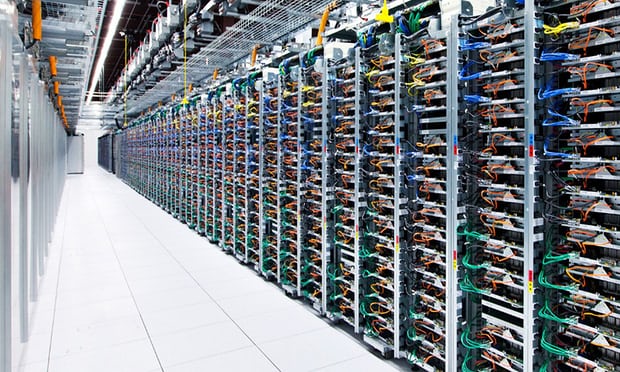
Source – theguardian.com Once upon a time, a very long time ago – 2009 in fact – there was a brief but interesting controversy about the carbon footprint of a Google search. It was kicked off by a newspaper story reporting a “calculation” of mysterious origin that suggested a single Google search generated 7 grams of CO2, which is about Read More
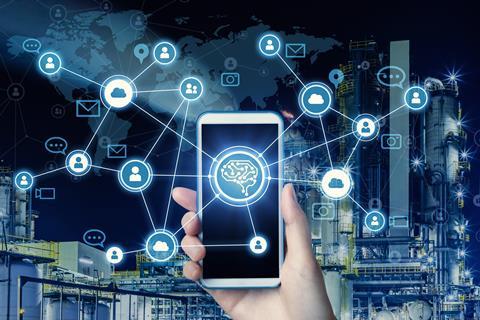
Source – ibc.org AI is a technology on the cusp. While nothing actually new in itself, a recent convergence of increased computational power with a mushrooming of large datasets and the refinement of existing understanding of the techniques involved has seen it become an important differentiator in the industry. Following a breakthrough year in 2015 when Read More
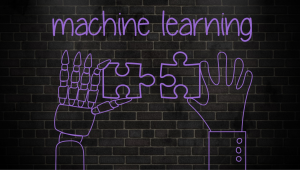
Source – mediaupdate.co.za Machine learning allows the algorithms that software and systems use to evolve as they process new data. Contrary to what many people think, humans play an integral role in this process and in applying machine learning-driven solutions to real-world problems. Machine learning allows systems and AI engines to automatically learn and improve from experience. Read More
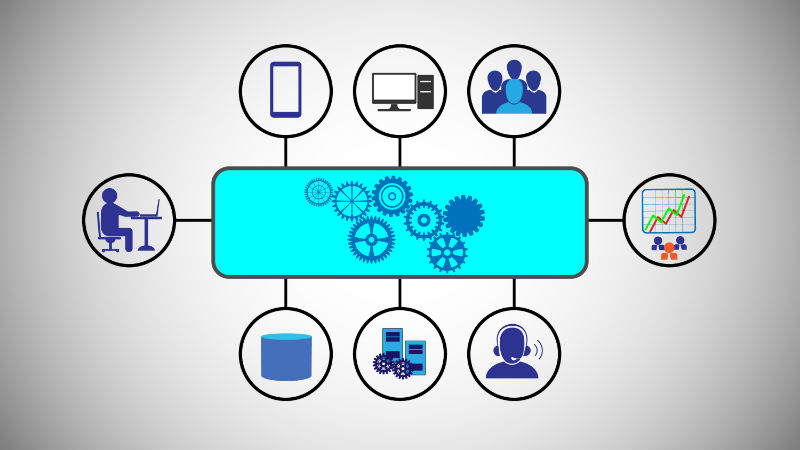
Source – itproportal.com In the world of microservices, the goal is to have a small piece of software that performs a well-defined set of tasks. Microservices are software applications that are self-contained. They are small, independently deployable modular services that run a unique process and communicate through a well-defined, lightweight mechanism to serve a specific goal. Read More

Source – techspective.net For most businesses today, data management has shifted from an important competency to a critical differentiator and determines industry winners and has-beens. Government bodies and Fortune 1000 companies benefit from the innovations of web developers. These organizations are reevaluating existing strategies and defining new initiatives to transform their businesses using “big data”. These Read More
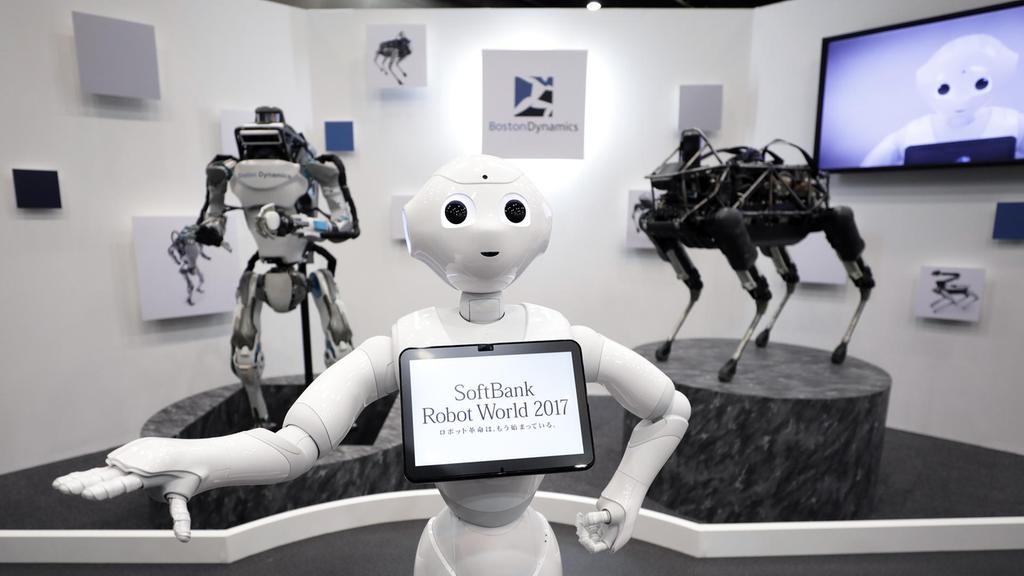
Source – thenational.ae In his 1990 book The Age of Intelligent Machines, the American computer scientist and futurist Ray Kurzweil made an astonishing prediction. Working at the Massachusetts Institute of Technology (MIT) throughout the 1970s and 1980s and having seen firsthand the remarkable advances in artificial intelligence pioneered there by Marvin Minsky and others, he forecast that a computer Read More

Source – irishtimes.com If ever there was an industry ripe for disruption it is surely the legal profession. Unlike many other sectors, however, it has tended to be a little reticent about embracing technology to innovate. This isn’t too surprising. After all, the traditional way of doing business for legal firms has been extremely profitable. The Read More

Source – manitobacooperator.ca An expedition through published and unpublished studies on neonicotinoid pesticides has led a Guelph research team to find no colony-level risk to honeybees from the seed treatments — if they’re correctly used. The University of Guelph team, led by toxicologist Keith Solomon and adjunct professor Gladys Stephenson, analyzed 64 papers from “open, peer-reviewed Read More

Source – opensource.com I struggled with writing the title for this post, and I worry that it comes across as clickbait. If you’ve come to read this because it looked like clickbait, then sorry.1 I hope you’ll stay anyway: there are lots of fascinating2 points and many3 footnotes. What I didn’t mean to suggest is that microservices cause security problems—though like any component, Read More

Source – cio.economictimes.indiatimes.com Insurance has become an extremely competitive market! While there are several players, customers are increasingly becoming aware about what they need. They are now seeking a more individualized experience and if you cannot provide it, rest assured they will find another company that does. So, how do companies find ways to address the Read More
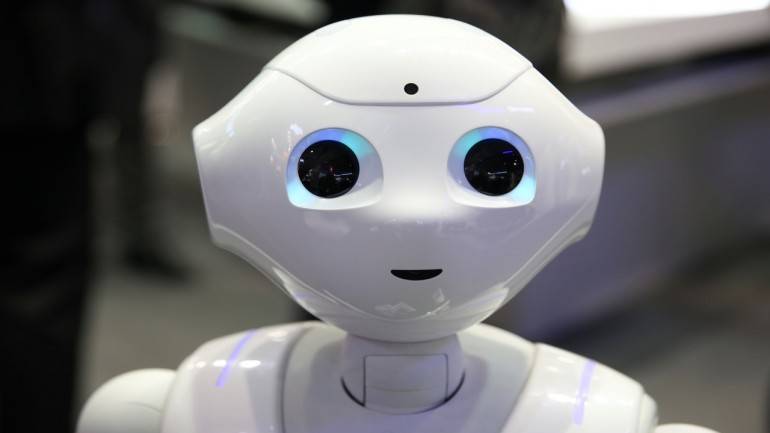
Source – moneycontrol.com Does “Numerophobia” sound familiar? In case you have missed out on this word before, let me enlighten you. This represents the fear of numbers. If you were anything like me with sheer hatred towards mathematics or one of those back-benchers that dreaded the math lecture, appearing for the final exam must have been Read More

Source – securityboulevard.com The terms “artificial intelligence” and “machine learning” are often used interchangeably, but there’s a huge technical difference between them. While the first is used by Hollywood when depicting self-aware machines, the latter is comprised of finely tuned single-task algorithms that are nowhere near self-aware. In cyber security, machine learning algorithms can learn by Read More

Source – cio.in From enterprises to power stations, hospitals and public transportation, the volume of real-time data generated is unprecedented today. Data has become a crucial part of the smooth functioning of business operations and is unleashing new user experiences and an unseen world of business opportunities. With the generation of more and more data, the Read More

Source – ecns.cn Brain’s dynamic properties, how it is wired and also how that wiring shifts in response to changing intellectual demands, are the best predictors of intelligence in the human brain, a study of the University of Illinois (UI) found. “There are the pathways that encode prior knowledge and experience, which we call ‘crystallized intelligence.’ Read More

Source – insidebigdata.com In this special guest feature, Matt Murphy, CMO of Chime Technologies, observes that for decades, the real estate industry has chugged along without too many big changes in how things were done. Information was generally fragmented, if it was accessible at all, and processes were paper-based. Big Data has shaken that up, for commercial Read More
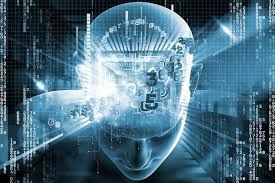
Source – techtarget.com We’re all aware of how powerful companies would become if they had such a technology in their hands, with its added benefits allowing them outpace the competition, get more business or raise more capital — it’s easy to see why everyone is claiming to have it. And with both the average person (and Read More

Source – informationweek.com If you want build trust in machine learning, try treating it like a human, asking it the same type of questions. During the 2008 financial crisis, the banking industry realized that their machine learning algorithms were based on flawed assumptions. So financial system regulators decided that additional controls were needed, and regulatory Read More

Source – cioreview.com Data has been continuously flowing more than ever in our contemporary era. By applying necessary analytical measures on the colossal amount of Big Data, small and large businesses can identify new opportunities and improve the customer experience alike. As the population and the technology grows, so will the quantity of data increase. However, Read More
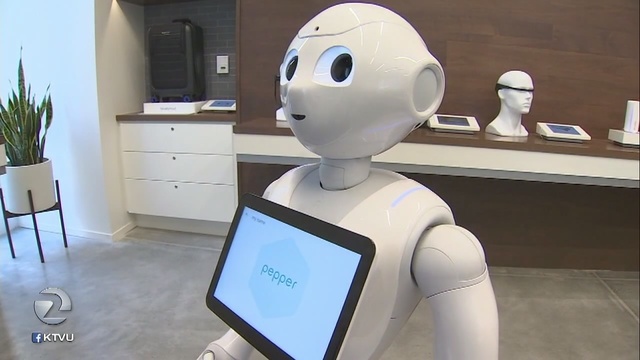
Source – ktvu.com OAKLAND, Calif. (KTVU) – Just like a gun, a computer can do good or evil depending on the user. But consider an artificially intelligent gun or computer that can think for itself. Thursday, we looked at the dicey ethical issues of autonomous computers, machines and robots. In Isaac Asimov’s sci-fi classic: I, Robot, robots Read More

Source – td.org Driving sales takes a lot of hard work. It’s a very time-consuming process, where you have to research potential clients, pitch to prospects, and keep following up with them before you close a deal. Anything that can automate this process will certainly help salespeople close more deals and grow their business faster. The Read More

Source – tgdaily.com The machines have not yet gained dominance over the world but is in the process of doing so. They have seeped into our lives influencing the way we eat, sleep, work and live. From vocal personal assistants like Siri and Cortana to more complex technologies, AI has been in severe application today. But Read More
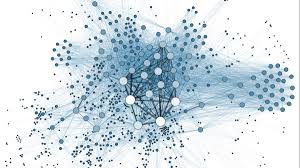
Source – ca.com Debunking misconceptions about microservice architecture helps us understand the business value of microservices. Much has been said recently about how digital “unicorns” owe much of their ability to deliver, iterate, pivot and scale to microservice architectures built using containers and APIs. This, in turn, has led to some backlash, with sceptics questioning the Read More

Source – thehindubusinessline.com Big data analytics, which is transforming many sectors, can have a telling impact on the agricultural sector too, to the benefit of small and marginal farmers, but reliable data bases relating to agriculture should be built up in the country, according to experts in the field. They were speaking here on Thursday at Read More
